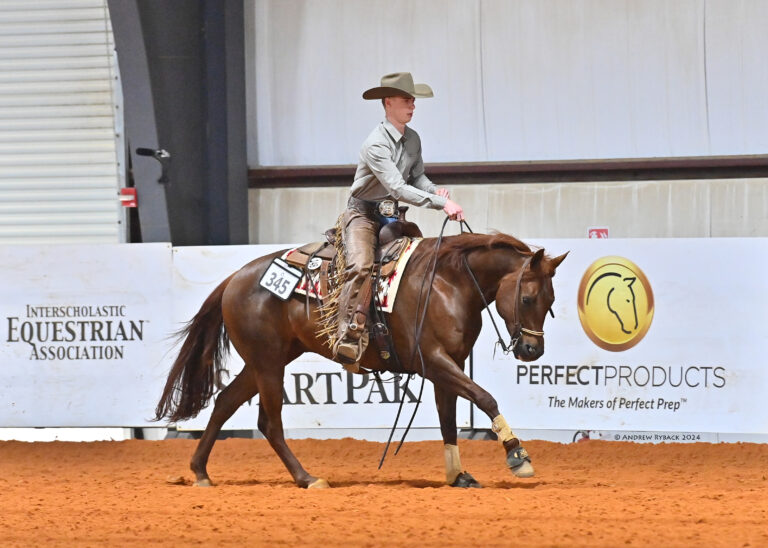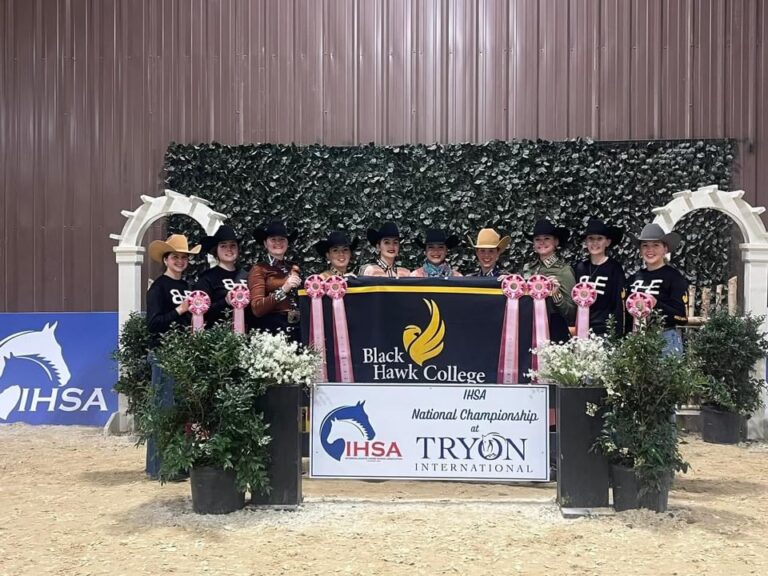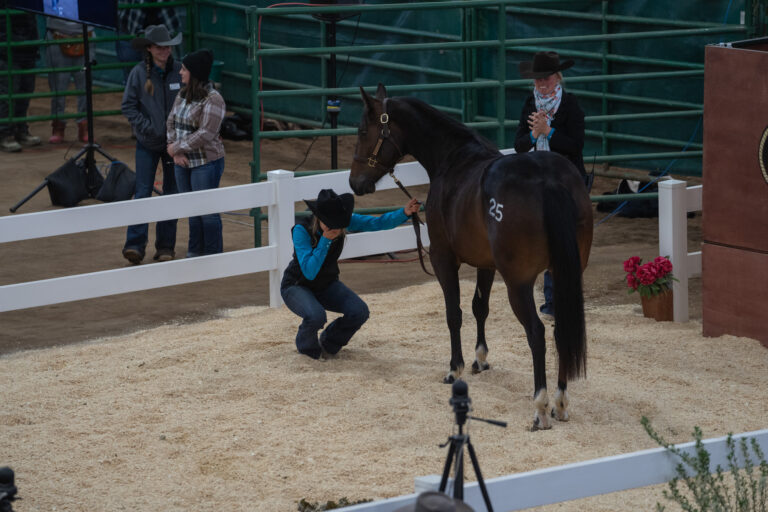Improvement comes from hard work and outside pressure, but those two things could also be what drives your child away from riding if they’re not mindfully implemented. Just as we do with our horses, a parent or trainer must know when to push and when to pull back to keep the child from resenting riding—or even abandoning it altogether.
In my experience working with young riders, I’ve learned how to “read the room,” so to speak. I work to understand the child’s level of maturity, what’s going on at school and at home, and what they truly want out of riding, paired with their age. Then I can start to identify when to push them and when to cut some slack.

Age and Maturity
I have a 4-year-old girl riding in my barn right now. I only allow her to come for 30-minute lessons, once a week. The brevity of the lesson allows me to keep her attention, and the weekly lessons mean she looks forward to it and craves more every time she comes to the barn.
It gets trickier when the rider gets a little older. With age and maturity, a child can grasp the concepts of commitment and work ethic a little better. If they’re really into riding, older children are more apt to express their desire to spend more time at the barn. The child will show me they want to be at the barn more, are ready to ride in longer lessons, and have interest in growing as a horseman.
The child’s state of mind is also important. If I know a young rider has been struggling in school or has been through a week of standardized testing, I keep lessons light and fun. We’ll go for a trail ride and play in the creeks and ponds, or find something fun to do so they’re not drilling at school and at the barn. They need a break and to enjoy their horse time, just like we do.
Separate the Parent and the Kid
This might sound negative, but it’s important to separate what the parent wants from what the child wants. For example, I might have a family with a mom who actively shows on a high level; she’s ready for her young child to make a bigger commitment and wants to push them harder to get past their uneasiness with horses so they can start achieving. But when I look at the child, I know we have a long way to go to get there. It’s very important to carefully separate what the child wants and what the parent wants.
The parent might say, “She said she’s ready to add speed at the lope,” but I know after watching that kid that there’s no way they’re ready. I listen to the parent, but I watch the child and go from there. This way I’m not decimating the small amount of confidence the child has built because a parent is ready to move to the next step.
Make Competition Fun
In a show barn, competition is part of the experience. The important part is to keep it positive. While we do go to shows, I also like to create fun games and ways to compete without the focus on what one rider has or doesn’t have.
Once a month, we have a playdate where the kids do speed events, such as pole bending and keyhole, as well as silly classes, like egg-in-spoon races. We also incorporate a few of our regular classes, and we make it like a real horse show. It gives each child something to work toward while having fun.






